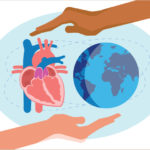‘They just cared about Levi’: Finding answers for a complex vascular ring
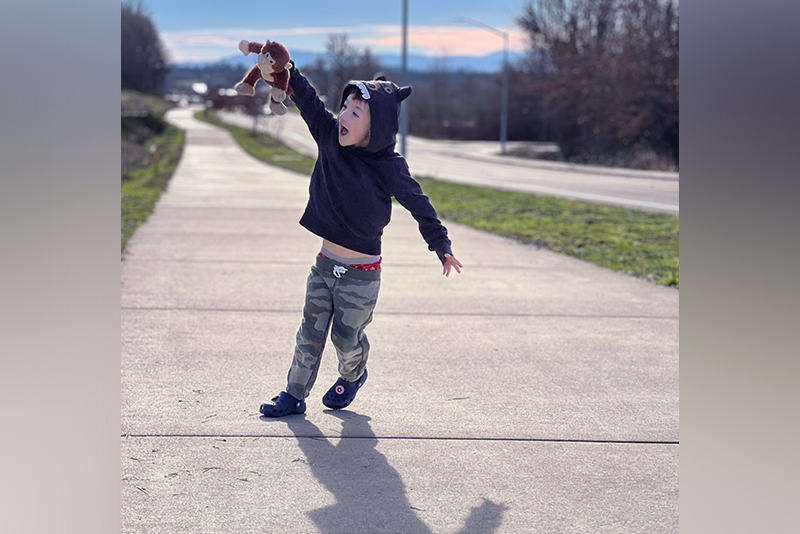
The first sign that Levi Blair Winkler would no longer have problems swallowing was when, only three days after a complex surgery, he wolfed down four chicken nuggets and an apple.
Just as encouraging for his parents, Rachel and Gabe, was that he stopped talking about the bug in his throat. That’s how Levi often described one of the symptoms of a vascular ring. In this condition, the branches of the aorta — the body’s largest blood vessel — develop abnormally and can constrict the esophagus and trachea, causing swallowing and respiratory difficulties. Levi had regularly experienced those symptoms — and he had a life-threatening episode of breathing trouble when he was 2.
To reach the point where he could easily swallow food and declare himself “bug free,” he first needed a surgical team that would know how to treat his complex vascular ring.
Seeking a solution to a complex case
From birth, Levi had trouble breathing and didn’t eat much, leading doctors to diagnose him with a vascular ring. He underwent surgery as an infant in his home state of Oregon and soon started to gain weight, thanks to a feeding tube. It eventually seemed as if Levi had turned a corner, but one day he struggled to breathe and was rushed by helicopter to a hospital.
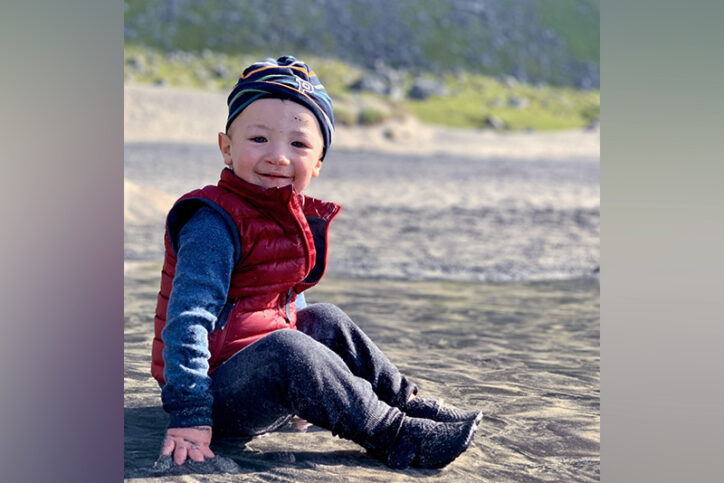
A CT scan revealed he still had residual effects of the vascular ring, and it was a rare kind: a circumflex aorta. This occurs when the aorta passes to the right of the trachea, crosses behind the esophagus and above the two main passageways into the lower respiratory tract, and merges with what is known as the descending aorta on the opposite side. This extreme type of vascular ring causes significant compression; Levi’s esophagus was entirely constricted, as was most of his trachea. That caused his ongoing symptoms. He also had “respiratory infection after respiratory infection,” Rachel recalls.
Rachel and Gabe realized Levi would probably need another surgery. Rachel’s research on how to treat circumflex aorta and the recommendation of Levi’s local doctors both pointed to Boston Children’s Hospital. She was impressed with how the surgeons who specialize in airway and esophageal treatment work closely with cardiac surgeons to repair complicated cases of vascular rings, including rare cases like Levi’s.
She also felt comforted after talking about Levi with Dr. Christopher Baird, a cardiac surgeon at the Benderson Family Heart Center, and Dr. Benjamin Zendejas-Mummert, surgical director of the Esophageal and Airway Treatment Center. They understood Rachel wanted to learn as much as possible about how they would handle each stage of Levi’s surgery. She had no doubt her family would make the trip to Boston. “They knew his condition. Before they had heard Levi’s story, they were able to say what Levi had been through. We finally felt someone understood his difficult journey.”
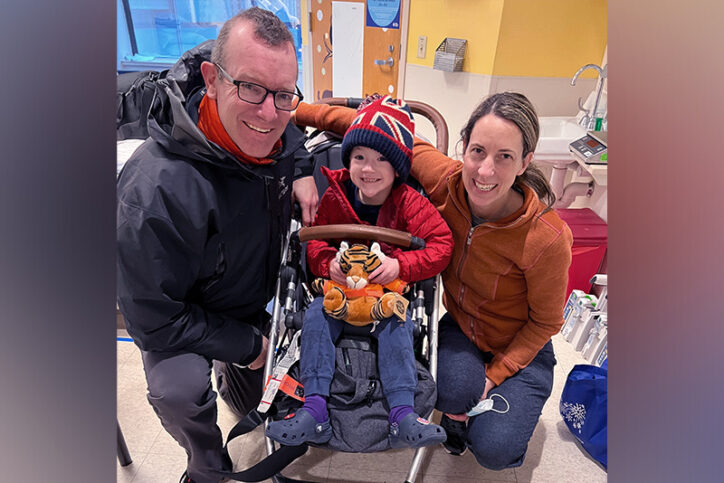
Cracking jokes and eating pizza
Last December, the surgeons repaired Levi’s vascular ring in one procedure. Dr. Baird also repaired a congenital heart defect that was detected when Levi was 15 months old. He had a small atrial septal defect (ASD) — a hole in the heart wall that separates the upper left and right heart chambers — that would have required surgery before he turned 5. “That was pretty amazing to realize not only could they handle the most complex issues with the vascular ring, but they could also address this simpler issue with the ASD and take care of it all at once,” says Rachel.
During the vascular ring procedure, the surgeons relied on a technology that uses electrodes to monitor the integrity of vocal cord nerves. This was a critical step for Rachel and Gabe. After receiving the circumflex aorta diagnosis, they had delayed a second operation because one of Levi’s vocal cords was injured during his first surgery, Rachel says. They were conflicted about the risks, no matter how small, of the other vocal cord also being accidentally damaged. Levi put those fears to rest not long after surgery by telling a “knock, knock” joke about a cow. Rachel recalls, “The nurses were like, ‘Okay, Levi is feeling better.’” He also put his voice to work on a video chat with a friend, showing off his post-operative tubes and describing his experience at Boston Children’s.
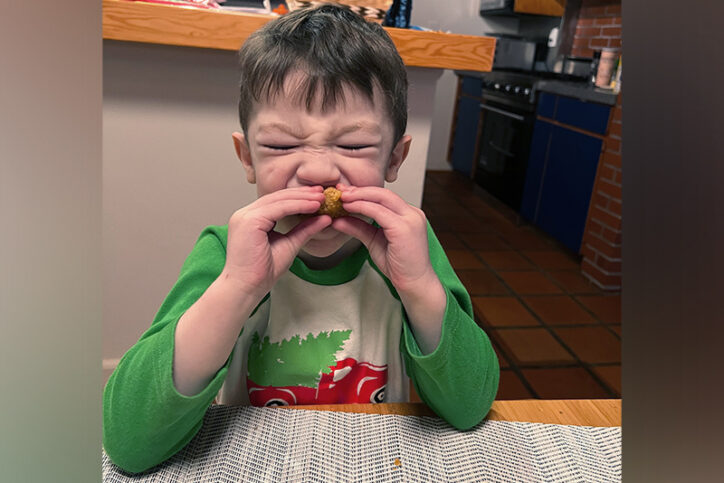
Now back home, Levi recently celebrated his fourth birthday and loves attending school. He no longer has constant respiratory infections, and is able to eat without pain. In fact, he’s eating more than ever, gaining weight, and getting taller. Levi used to say easy-to-swallow formula was his favorite food; now it’s pizza and broccoli.
Rachel says she and Gabe will always appreciate the support of family and friends — and they’re grateful for how the surgeons and nurses at Boston Children’s simplified a complex case. “They really cared for Levi. They just cared about Levi.”
Learn more about our approach to vascular rings care.
Related Posts :
-

Treating vascular rings: Sisters travel more than 3,000 miles for care
Nicky Dickerhoff is no stranger to caring for children: Not only is she a neonatal nurse practitioner, but she and ...
-

Five things parents should know about vascular rings
If your child has a high-pitched cough, breathes loudly, wheezes, has difficulty eating or swallowing, or always seems to be ...
-

Vascular rings: A complex cause of noisy breathing
Patients who present with noisy breathing, wheezing, a barking cough, and frequent respiratory infections are often misdiagnosed with asthma or ...
-

Bringing the Ozaki procedure to the world to repair children's aortic valves
Children with aortic stenosis or regurgitation often need surgery to reconstruct or replace the aortic valve. However, existing bioprosthetics can ...





